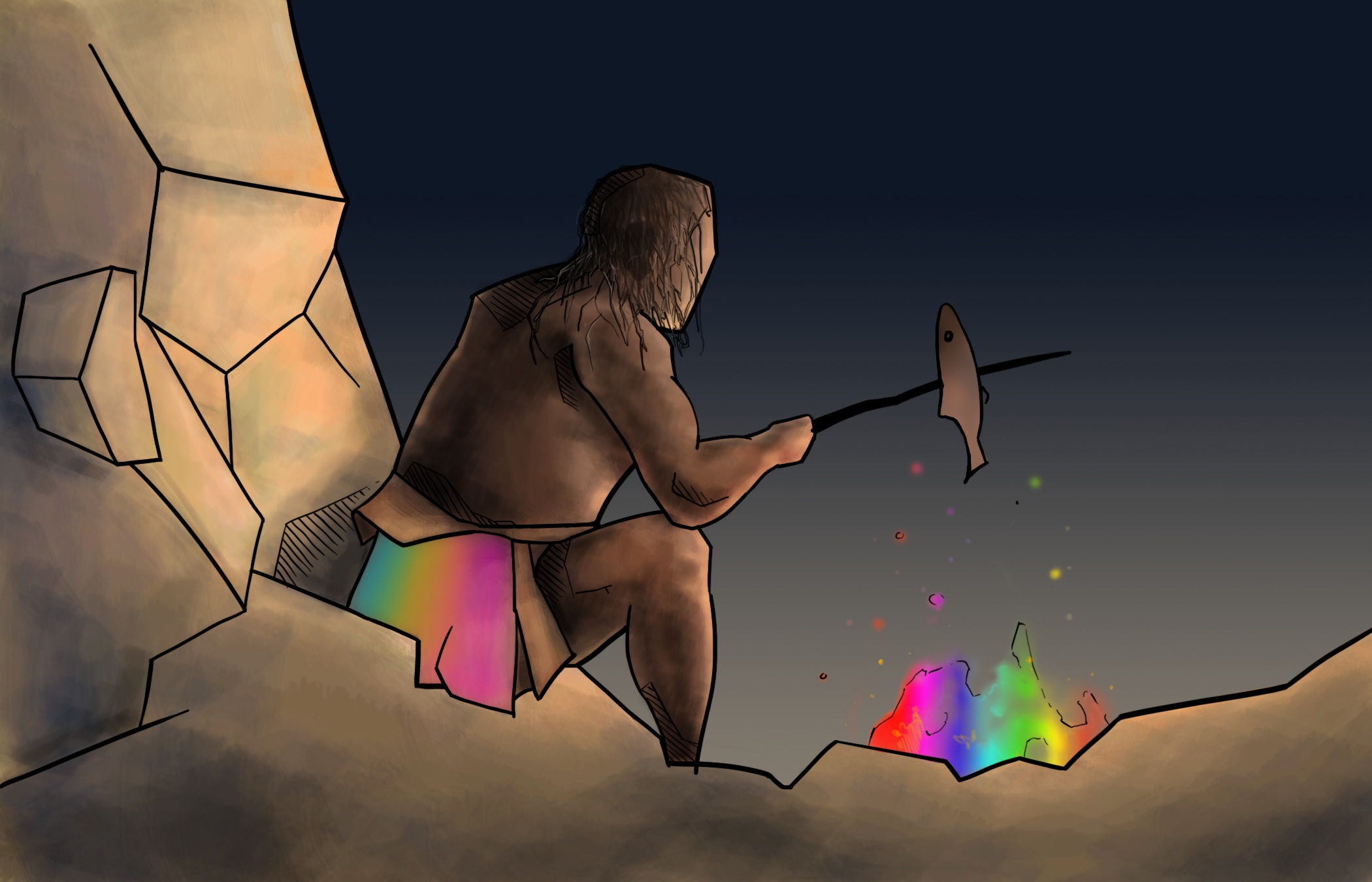When it comes to diets, the old adage “You are what you eat” certainly seems to ring true. For those looking to make healthier food choices, popular diets can help you figure out how to eat right.
But choosing the right diet isn’t always easy. Popular diets can be confusing because of conflicting recommendations about which foods are best and in what quantities.
According to Beth Mansfield, a registered dietitian and sport nutritionist in Ottawa, it’s really a matter of personal preference.
“All diets can work,” Mansfield says. “People will try different parts of different diets and keep certain things they like and in the end put them all together,” she says.
Not only is there a seemingly endless supply of fad diets, but there are also good fats and bad fats, lean meats and simple and complex carbohydrates to sort through.
Take, for example, the Paleo, Mediterranean and Zone diets. Each of these diets takes a different approach to nutrition, but promises great results and good overall health.
The Paleo
The focus of the Paleo diet, also known as the Caveman or Paleolithic diet, is to eat like our ancestors according to paleodietsystem.net.
This diet is big on protein. Recommended foods include fish, wild meats, fruits, vegetables, nuts, and roots, such as carrots and yams.
The Paleo diet is good in theory, but difficult to implement, according to Cindy Sass, a registered dietitian and counselor at Carleton’s Health and Counselling Services.
“Unless you are a hunter, it will be difficult to find wild meats,” Sass says. “Although the idea of the Paleo diet is good, most people will have to make modifications. The important thing is that it makes us more aware of what we are eating.”
The purpose of the Paleo diet is weight loss, so it cuts out certain foods such as dairy products, and simple carbohydrates such as white bread and pasta.
To make up for nutrients such as grains and dairy, the diet recommends eating more nuts, fatty fish such as salmon and different leafy veggies like spinach.
In the case of the Paleo diet, eating like a caveman means avoiding all processed foods and excess salt. The Paleo diet focuses on acquiring necessary sodium levels where they’re found naturally in meats, poultry and fish, rather than piling on the extra table salt, says Mansfield.
The Mediterranean
For those who see the Paleo diet as too restrictive, the Mediterranean diet is another alternative.
This diet offers a selection of food consisting of fish, fruits and vegetables, with dairy products such as yogurt, cheese and olive oil as the main source of fat.
“In the Mediterranean, meals are cooked from scratch with fresh ingredients. You’ll see a lot of fish, fresh fruits and veggies and instead of doughnuts and cakes. Fruit is eaten for dessert,” Sass explains.
“It is a great variety of high quality foods eaten in smaller portions than most of us are used to which is really beneficial.”
The Zone
While the Paleo diet emphasizes protein and the Mediterranean diets depends on healthy fats, fruits and vegetables, the Zone diet relies on controlled consumption of carbohydrates, protein and fats.
Individuals are recommended to eat about 30 per cent carbohydrates which includes colourful vegetables, fruits and whole grains, 40 per cent low-fat protein such as chicken, and 30 per cent fats such as walnuts and avocados at numerous times throughout the day, says Sass.
Fruits and vegetables are a source of complex carbohydrates. The Zone requires a person to eat 10 servings of fruits and vegetables a day.
“If you are super athletic, the Zone is a great way to eat because you need those extra carbs to do intense activity,” Mansfield says. “The problem with carbs is that many people overestimate their activity levels and will inhale lots of pasta and cereal at meals.”
When it comes to carbs, there is a fine line between enough and too much. To complicate things further, it’s different for everyone, says Mansfield. Diets that cut carbs, like the Paleo diet, tend to increase protein, says Mansfield.
This might not be as healthy as you might think because a lot of meat is full of hormones, preservatives and other chemicals, Mansfield warns.
Given that each of these diets have certain dietary values, it’s difficult to know which one is best.
The bottom line is that any diet must meet basal energy needs, which is the minimum caloric intake needed for the human body to simply function. Depending on weight and gender, this ranges from 1,200-1,800 calories a day.
Eating anything less than this compromises body health because there’s not enough food to support the body’s systems.
“Everybody is different, and a healthy body weight is going to be different for everyone,” Mansfield says. “Skinny does not mean healthy, and healthy does not mean skinny.”
In order to sort through the overload of conflicting nutritional information, Mansfield recommends referring to information provided by certified professionals.
Websites such as dietitiansofcanada.ca are great resources. On this site, nutrition professionals provide consumers with consistent and trusted information. Visitors are able to access useful tools to track eating and activity levels. They can also download a number of apps, such as MyFitness and Calorie Counter, that provide similar services.
“Nutrition isn’t rocket science,” she says. “It’s way more complex so you want to go to a trusted source.”






